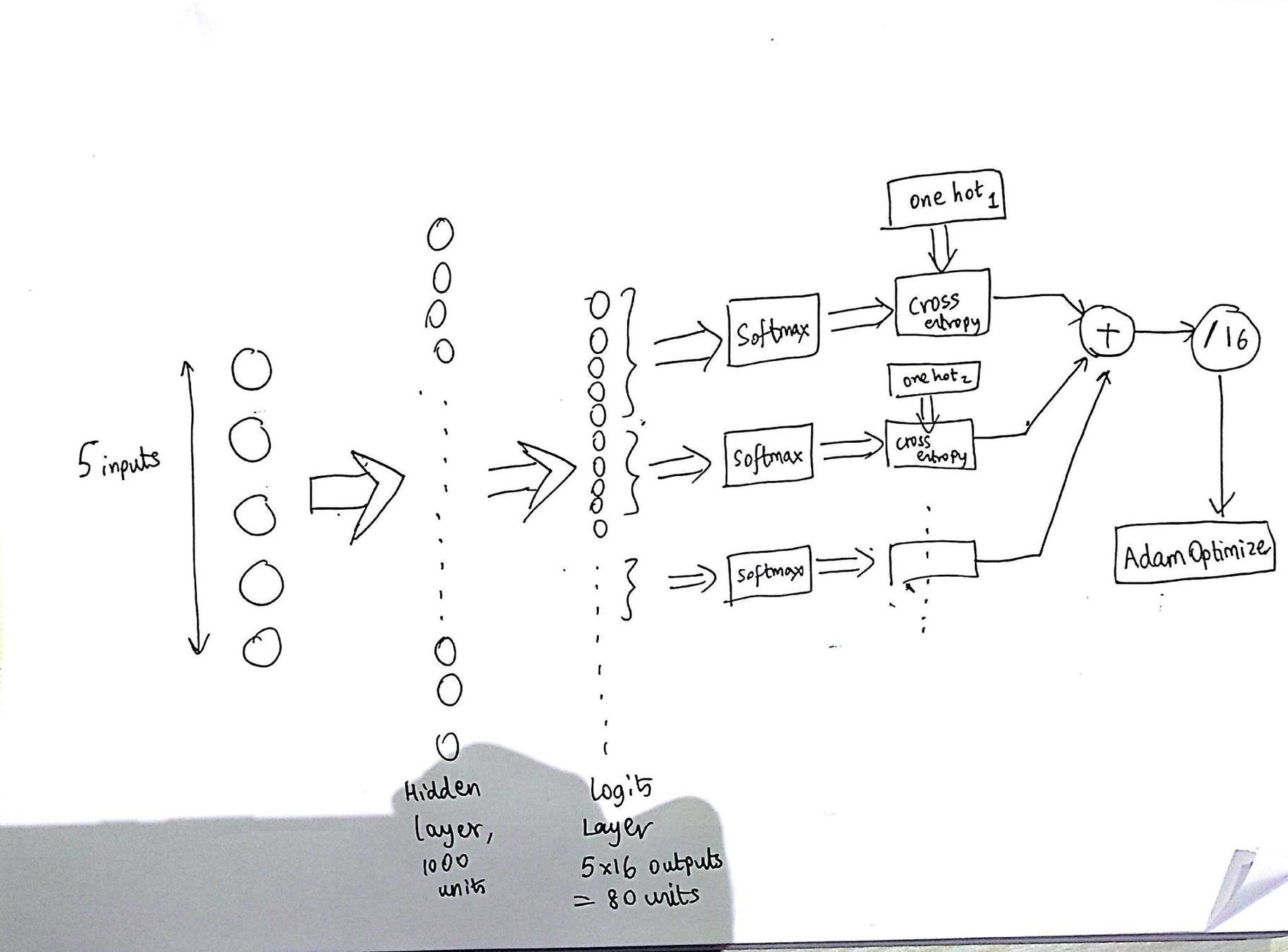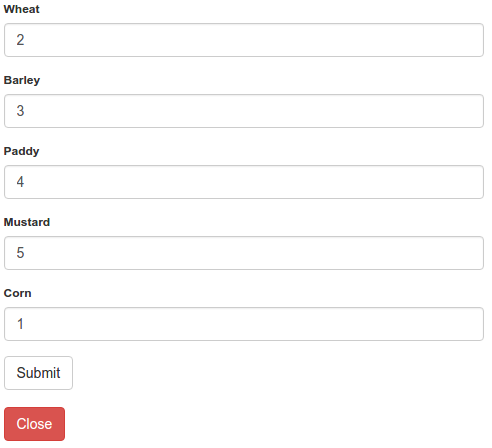Crop For Change!
Team Friesenberger
Kumar Ayush and Kalpesh Krishna
IIT Bombay
What's the idea?
- Every piece of land in a village prefers certain crops over the others.
- Farmers tend to specialize in growing a certain crop over others, over years of experience.
- Why can't farmers pool in their resources, plant crops in the most optimal manner, and share profits?
- We aim at predicting an optimal distribution using Deep Learning.
Deep Learning Model
- All code was written in TensorFlow.
- The network is a feed-forward neural network with one hidden layer having 1000 neurons.
- Training is done using AdamOptimizer and exponentially decaying learning rate.
- 16 softmax layers have been added as the final layer, each operating on a part of logits.
- Average cross entropy has been used for training.
- Trained for 25 epochs on generated data with batch size of 100. (Demo)

Data Generation
- An inherent distribution of soil yield is generated.
- A distribution of available seeds is generated randomly.
- Greedy algorithm used to generate the data.
- Algorithm on next slide.

Visualization
- Our webapp has 2 major components.
- Crowd Sourcing - The first interface allows users to enter farming data. This is supposed to append the training data.

Visualization
- Our webapp has 2 major components.
- Optimal Yield - This file executes a TensorFlow evaluation script and prints out the distribution for each plot of land.
- There is an interface to choose input parameters to be fed to the evaluation script. (Demo)
Visualization


What's Left?
- Server to host this app to make it deployable.
- Convolutional Neural Network for training.
- Login / Signup - Multiple users
- Dynamic Number of Crops / Plots
- SMS web service to make it easy for villagers.
Other Applications
- These core ideas can be applied to any form of resource distribution in villages.
- In a futuristic world, when urban terrace farming becomes popular.
Thank You!
deck
By Kalpesh Krishna
deck
- 1,232



